
This post stems from a rather lengthy discussion I had going back and forth with someone this morning on why their cake didn’t turn out the way they wanted. We went through their recipe and when they got to the leavening agent they said they were out of baking powder and just swapped baking soda in it’s place as “they are just the same thing anyway”. Um yeah… to know me personally, you can picture the look of “Say What???” on my face. I had an utter look of disbelief as this person was dead serious. When said that they weren’t the <I swear> 100 year discussion started.
Round and round we went until I had to point them to Google and why they aren’t the same and it wasn’t until AFTER they had to look at 98765432679089756423567890 websites did they agree that they were in fact different. Oy!
So to all of you, my apologies for assuming everyone knew they were different. That being the case, time to edumacate y’all. Put an apple.. no, put chocolate and bacon on my desk, sit quietly in your seats, have your pens and paper handy and let me s’plain.
What’s the difference?
Both baking soda and baking powder are leavening agents, which means they are added to baked goods before cooking to produce carbon dioxide and cause them to ‘rise’. Baking powder contains baking soda, but the two substances are used under different condition.
Baking soda is pure sodium bicarbonate. When baking soda is combined with moisture and an acidic ingredient (e.g., yogurt, chocolate, buttermilk, honey), the resulting chemical reaction produces bubbles of carbon dioxide that expand under oven temperatures, causing baked goods to rise. The reaction begins immediately upon mixing the ingredients, so you need to bake recipes which call for baking soda immediately, or else they will fall flat!
Baking powder contains sodium bicarbonate, but it includes the acidifying agent already (cream of tartar), and also a drying agent (usually starch). Baking powder is available as single-acting baking powder and as double-acting baking powder. Single-acting powders are activated by moisture, so you must bake recipes which include this product immediately after mixing. Double-acting powders react in two phases and can stand for a while before baking. With double-acting powder, some gas is released at room temperature when the powder is added to dough, but the majority of the gas is released after the temperature of the dough increases in the oven.
You can substitute baking powder in place of baking soda (you’ll need more baking powder and it may affect the taste), but you can’t use baking soda when a recipe calls for baking powder. Baking soda by itself lacks the acidity to make a cake rise. However, you can make your own baking powder if you have baking soda and cream of tartar. Simply mix two parts cream of tartar with one part baking soda.
Baking soda is predominately used in cookies where baking powder is a common ingredient in cakes and biscuits.
Got it? Good!
Baking Powder & Baking Soda Shelf Life
Depending on the humidity and how well the container is sealed, you can expect an opened box of baking powder or baking soda to retain its activity for a year to 18 months. Both products last longest if they are stored in cool, dry locations. High humidity can lessen the effectiveness of these leavening agents much more quickly. It’s a good idea to test baking powder and soda before using them, just to be sure they are still good. The test is quick and simple and can save your recipe!
Now the cool stuff… How to test if it’s still good!
Testing Baking Powder
Baking powder is activated by a combination of heat and moisture. Test baking powder by mixing 1 teaspoon of baking powder with 1/3 cup hot water. If the baking powder is fresh, the mixture should produce lots of bubbles. Be sure to use warm or hot water; cold water will not work for this test.
Testing Baking Soda
Baking soda is meant to produce bubbles when mixed with an acidic ingredient. Check baking soda by dripping a few drops of vinegar or lemon juice onto a small amount (1/4 teaspoon) of baking soda. The baking soda should bubble vigorously. If you don’t see a lot of bubbles, it’s time to replace your baking soda.



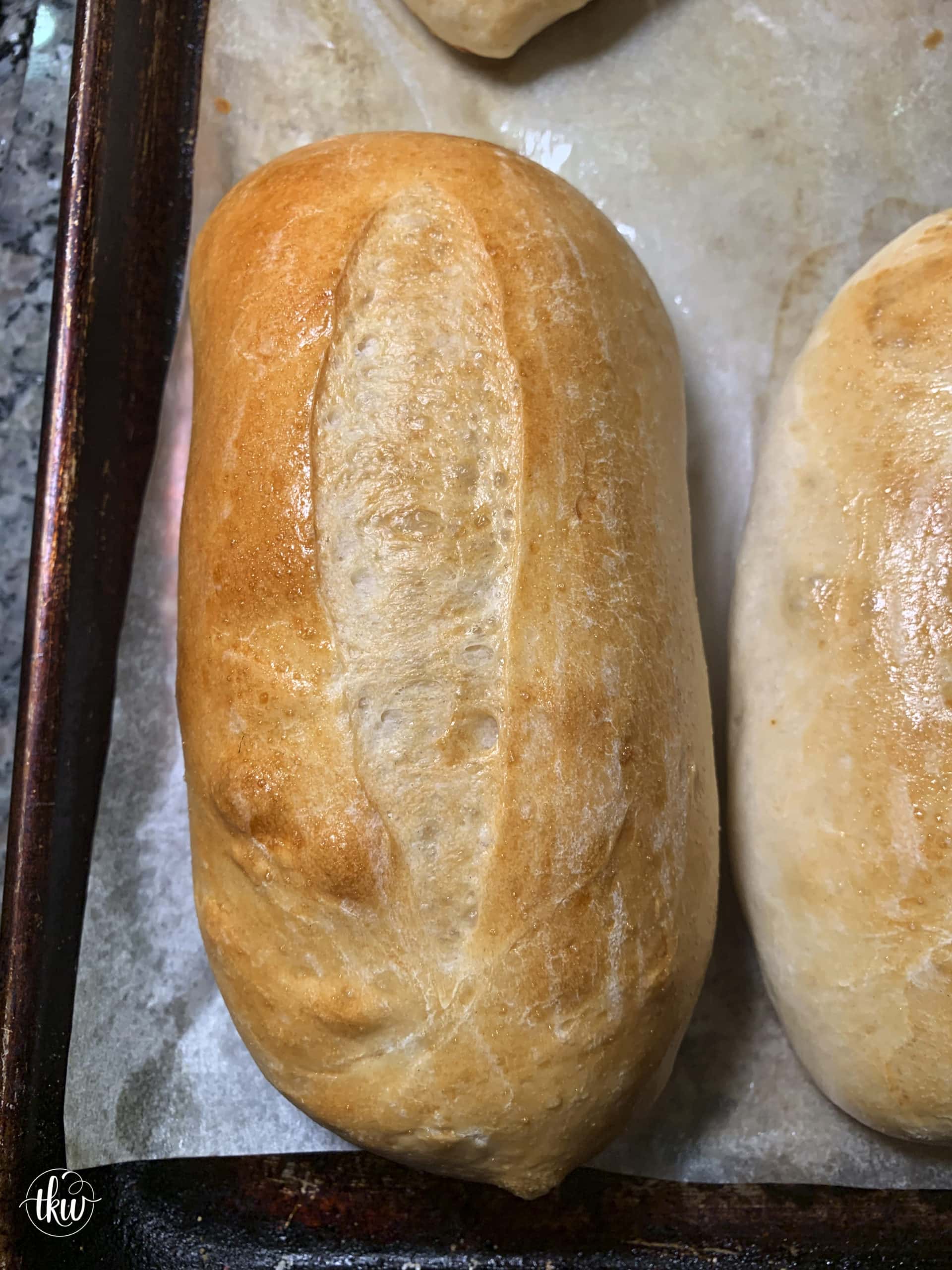
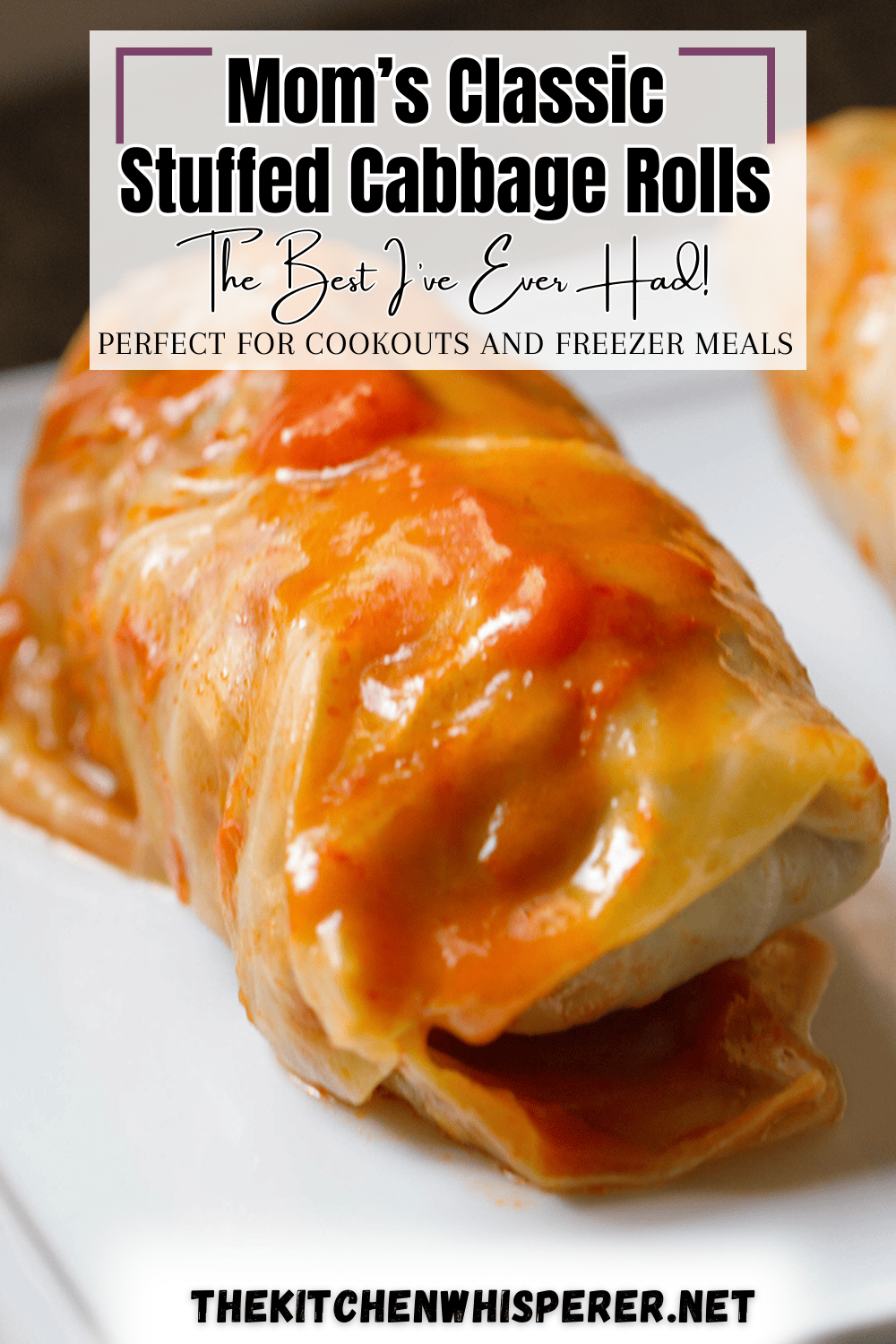
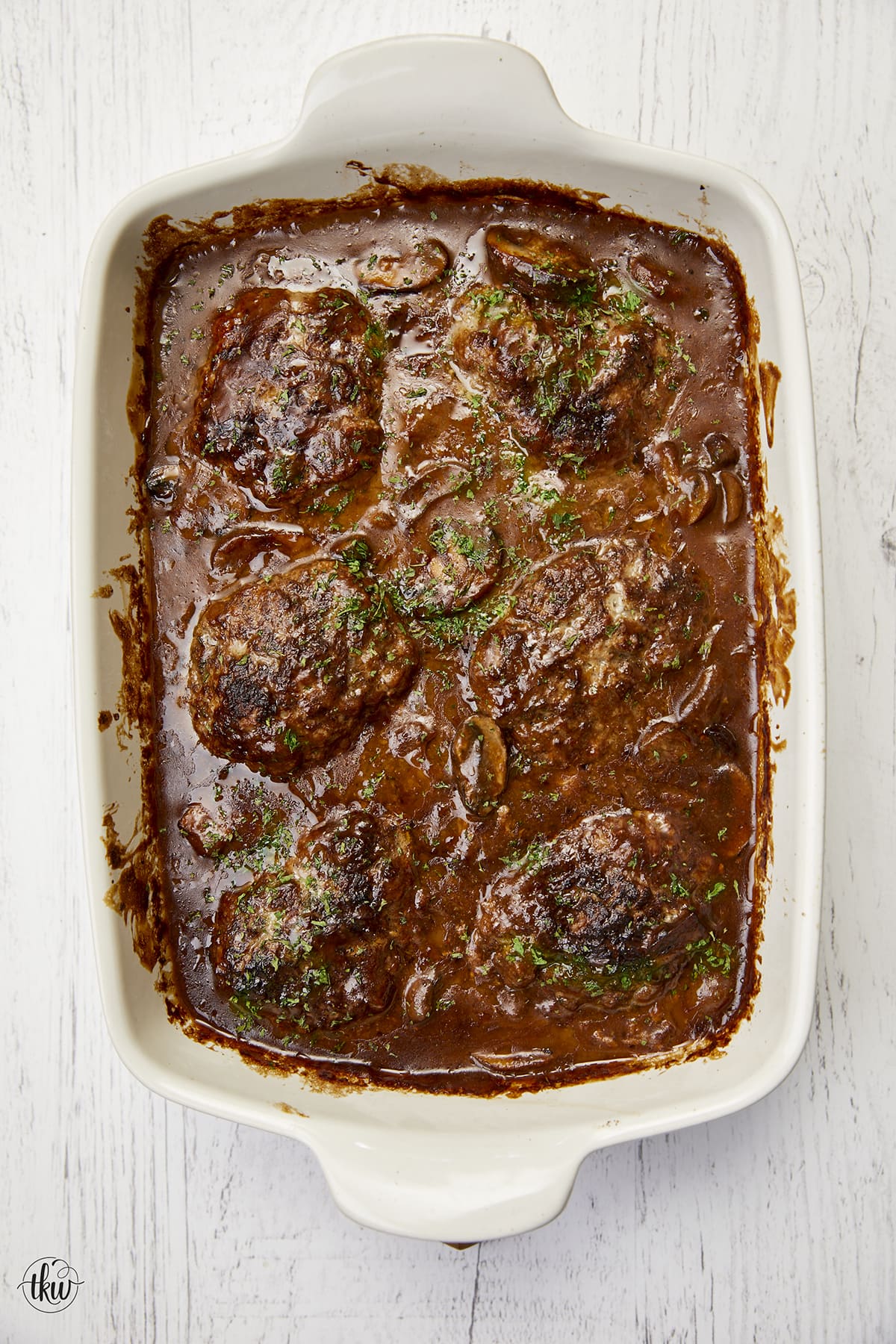

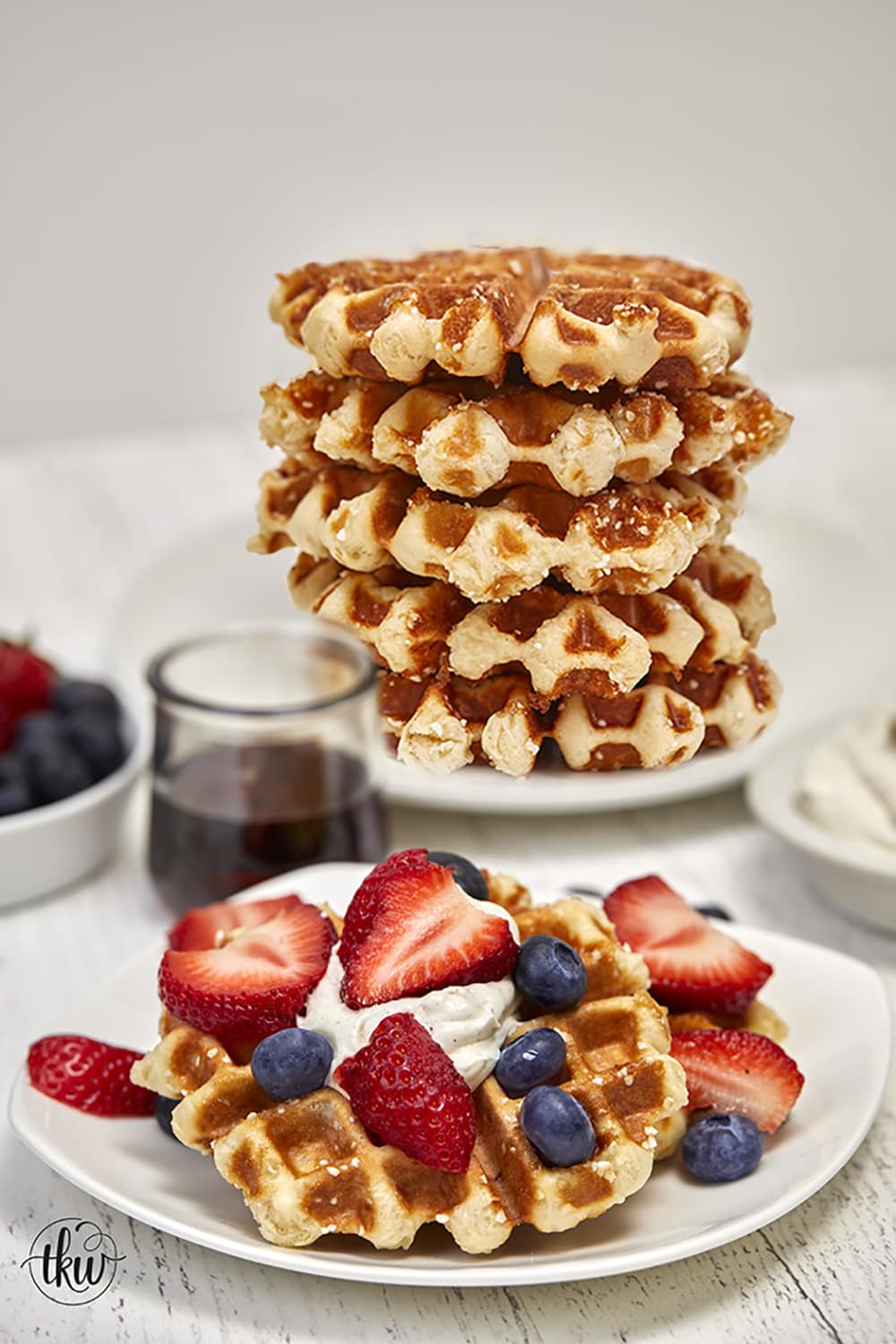

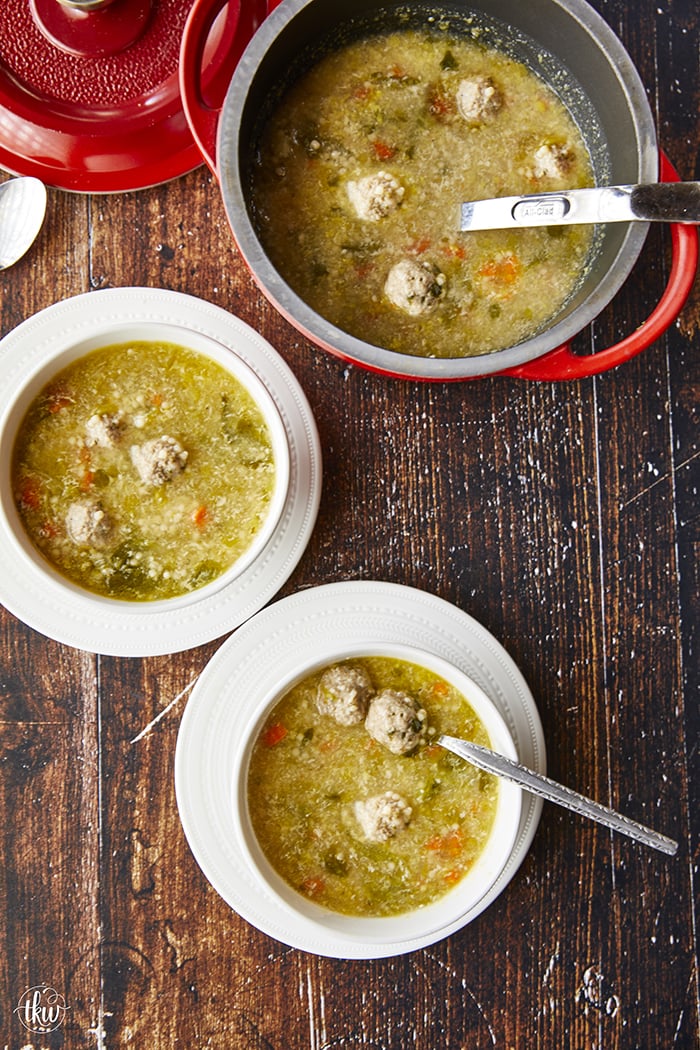

Leave a Reply